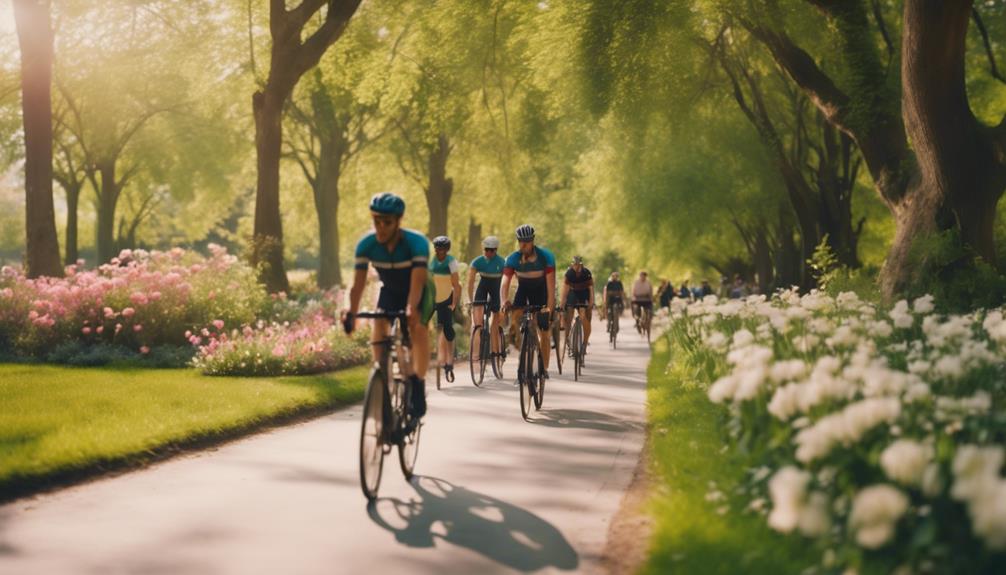In the world of childhood development and mobility, the introduction of balance bikes has transformed how young children learn to ride. Among the most prominent brands in this category is the Strider bike. Known for its innovative design and user-friendly approach, the Strider bike has gained popularity among parents and children alike. This article delves into the Strider bike’s features, benefits, and impact on early cycling skills, providing a comprehensive overview for parents considering this investment for their children.
What is a Strider Bike?
A Strider bike, also known as a balance bike, is a two-wheeled cycle designed for toddlers and preschoolers. Unlike traditional bicycles, Strider bikes do not have pedals, allowing children to focus on balancing and steering without the complexity of pedaling. These bikes typically feature adjustable seats and handlebars, making them suitable for various heights and ages. Strider bikes are crafted from lightweight materials, enabling children to maneuver them easily.
Key Features of Strider Bikes
Strider bikes come with a range of features designed to enhance safety, comfort, and usability. Here are some notable characteristics:
- Adjustable Seat and Handlebars: Strider bikes are designed to grow with your child. Both the seat and handlebars can be adjusted to accommodate various heights, ensuring a comfortable fit.
- Lightweight Frame: The lightweight construction of Strider bikes allows young riders to handle the bike with ease, making it less intimidating for beginners.
- Pneumatic Tires: Many Strider models come equipped with air-filled tires, providing a smoother ride over various terrains and better traction.
- Safety Features: Strider bikes include safety features such as a footrest and rounded edges, minimizing the risk of injury during falls.
- Variety of Styles: Strider bikes are available in several colors and designs, appealing to children’s preferences and personalities.
The Benefits of Riding a Strider Bike
Investing in a Strider bike offers numerous benefits that extend beyond mere enjoyment. Here are some key advantages:
- Enhanced Balance and Coordination: As children learn to push themselves along with their feet, they develop essential balance skills that are critical for riding a traditional bike later on.
- Confidence Building: Mastering the art of balancing on a Strider bike instills a sense of achievement and confidence in young riders, encouraging them to take on new challenges.
- Physical Fitness: Riding a Strider bike promotes physical activity, helping combat childhood obesity by encouraging kids to engage in outdoor play.
- Social Skills: Strider bikes often serve as a catalyst for social interactions among children, fostering friendships and cooperative play during rides.
- Easy Transition to Pedal Bikes: Children who learn to ride on a balance bike typically transition to pedal bikes more easily, as they already have developed balance and steering skills.
Case Studies and Statistics
Numerous studies and real-life examples illustrate the positive impact of balance bikes like Strider on children’s cycling skills. For instance:
- A study conducted by the American Academy of Pediatrics found that children who used balance bikes could learn to ride a pedal bike six months earlier than those who started on traditional bikes.
- A survey of parents who purchased Strider bikes reported that 95% of children successfully transitioned to pedal bikes within six months of using a balance bike.
- In Finland, where balance biking has become a popular trend, researchers noted a significant increase in children’s physical activity levels, contributing to a decline in childhood obesity rates.
Choosing the Right Strider Bike
When selecting a Strider bike, parents should consider several factors to ensure they choose the best model for their child:
- Age and Height: Strider bikes are designed for various age groups (typically 18 months to 5 years). Ensure the model you choose fits your child’s height for optimal comfort.
- Weight Capacity: Check the weight limit for each model to ensure it can accommodate your child’s growth.
- Type of Tires: Decide between pneumatic tires for a smoother ride or foam tires for maintenance-free convenience.
- Design Preferences: Involve your child in the selection process to make sure they are excited about their new bike.
Success Stories: Real-Life Experiences
Many parents have shared success stories about their children’s experiences with Strider bikes. Here are a few highlights:
- Emma’s Journey: Emma, a 3-year-old, struggled with balance on traditional bikes. After getting a Strider bike, she quickly learned to balance and transitioned to a pedal bike within three months.
- Jack’s Confidence: Jack was shy and hesitant to try new things. His parents introduced him to a Strider bike at age 2. The confidence he gained from mastering balance led him to participate in group cycling events.
- The Smith Family: The Smiths bought a Strider bike for their youngest child, who enjoyed it so much that they organized playdates with other families, fostering community connections.
Conclusion: The Lasting Impact of Strider Bikes
The Strider bike offers a robust foundation for young children to learn essential cycling skills, build confidence, and enjoy physical activity. With its thoughtful design and focus on balance, the Strider bike not only facilitates a smooth transition to pedal bikes but also encourages a healthier, more active lifestyle. The benefits of early cycling experiences extend beyond mere enjoyment, influencing physical health, social skills, and self-esteem. For parents navigating the world of cycling gear for their children, investing in a Strider bike may well be one of the best decisions they can make. As children zoom around on their Strider bikes, they aren’t just having fun; they are laying the groundwork for a life filled with adventure and outdoor exploration.
